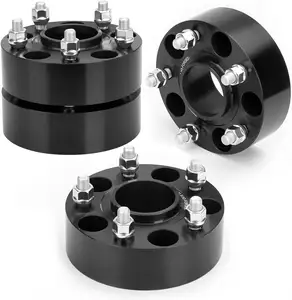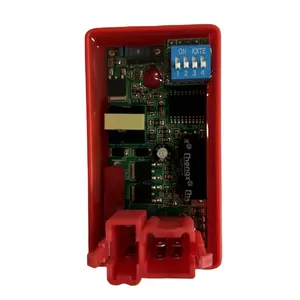Popular in your industry











































































Top categories
About electric vehicle charging station
An electric vehicle charging station provides power to EVs like cars and trucks. An electric vehicle's battery gets electrical current via a plug or connector connected to EV connect charging stations. Charging an electric vehicle requires a suitable outlet to start. A car's onboard charger uses the same power as EV charging stations' minimum power requirement. A higher charge level means more power is available to the electric vehicle, which speeds up charging. As each takes in a different amount of electricity, it is significant to observe that electric vehicles charge at different rates.
Level one electric vehicle charging station
An electric vehicle level one EV charger connects to a 120-volt power socket. It takes a while to charge at level one, despite being so easy to set up. Small battery packs in plug-in hybrids make them good prospects for electric charging at level one. Several homes have these easy-to-use charging stations.
Level two electric vehicle charging station
Chargers at level two use 240 volts and three to four times the amperage of chargers at level one. It also involves mount-on, pole-mounted, or ground-mounted electric car charging stations, usually found in public areas, like workplaces, to charge electric vehicles. Charge times can be 5 to 15 times faster than conventional outlets, depending on the car and the charger.
Level three electric vehicle charging station
Level 3 installations attach to an electric vehicle using a socket with extra pins to handle the greater voltage, typically 400 or 800 volts. A charging point like a fleet depot and a service station typically use these because they provide more power at a faster rate. Electric charging stations at level three are large enough because they need big converters to convert ac power quickly, unlike onboard converters in electric cars. It also sends direct dc power to the battery because an electric car charger does ac to dc conversion outside the vehicle. As a result, a level three charging car, commonly referred to as dc or fast charging, avoids the laborious conversion procedure and sends electricity straight to the EV battery.




























